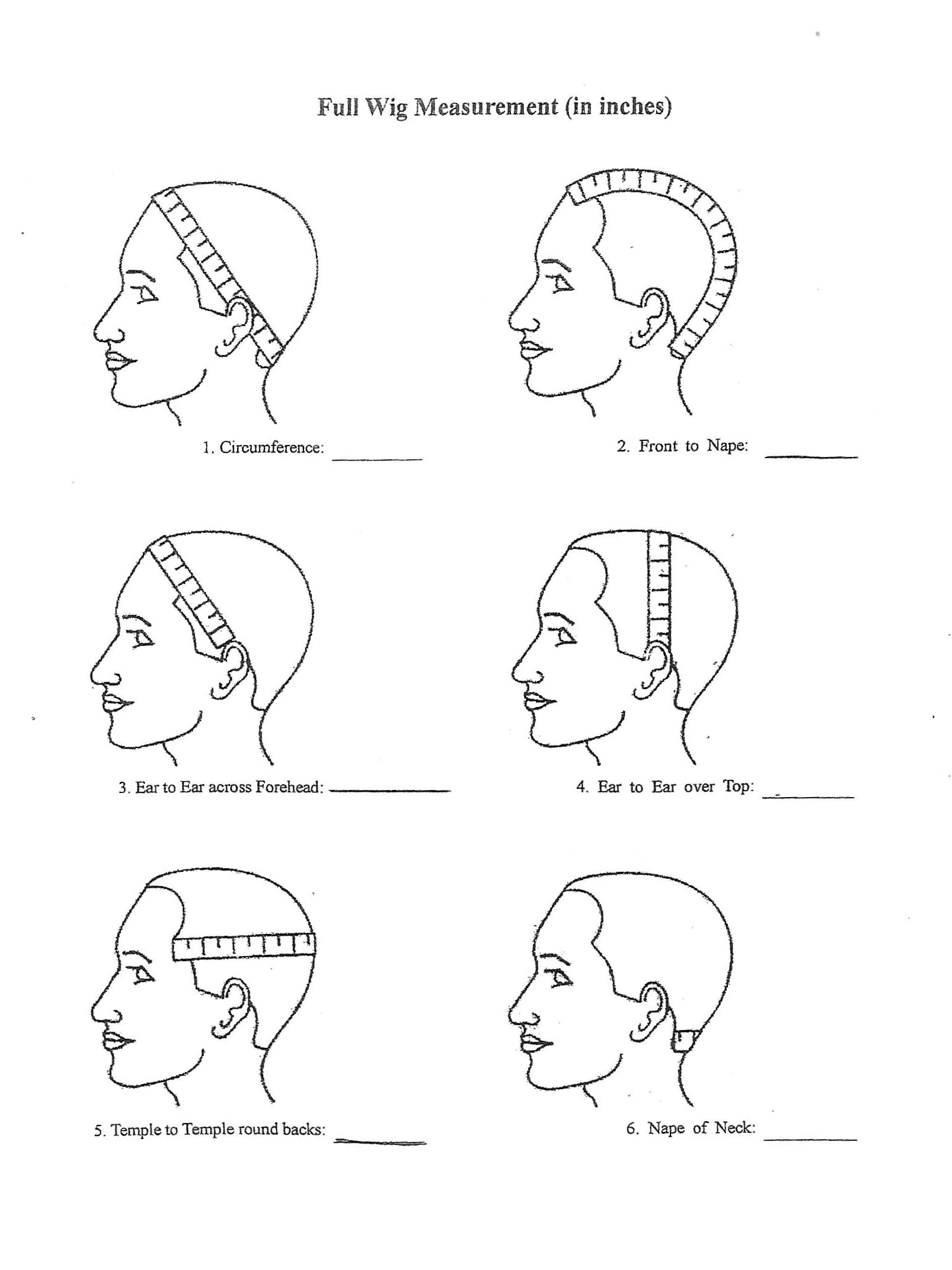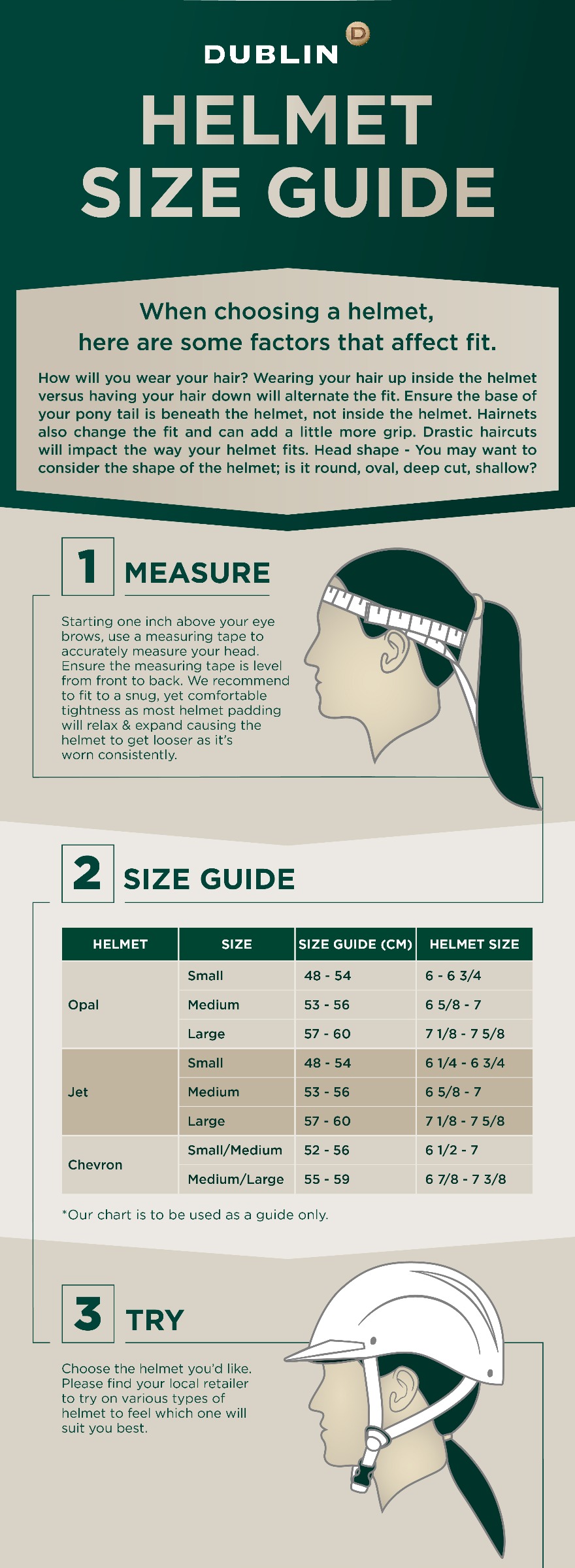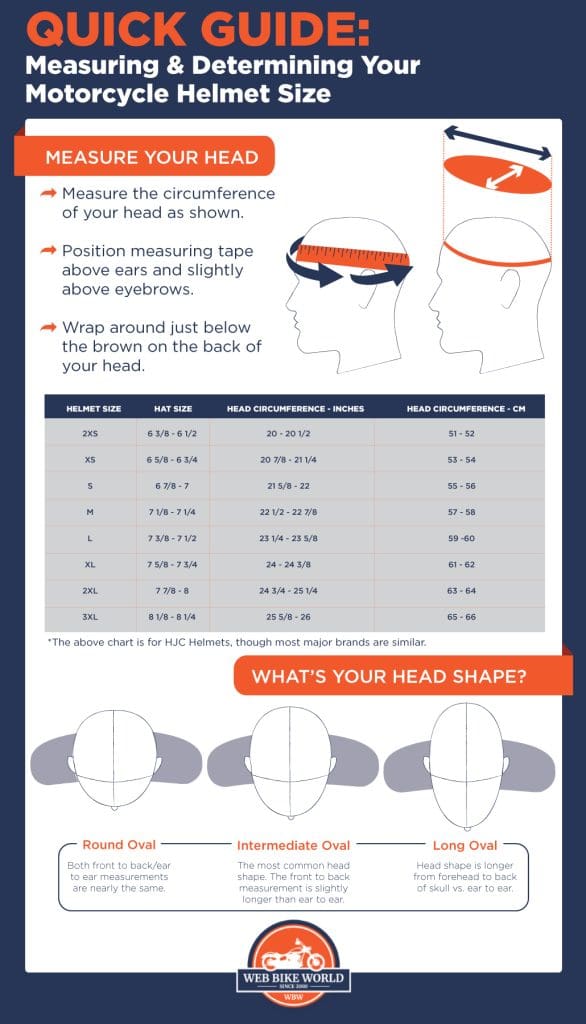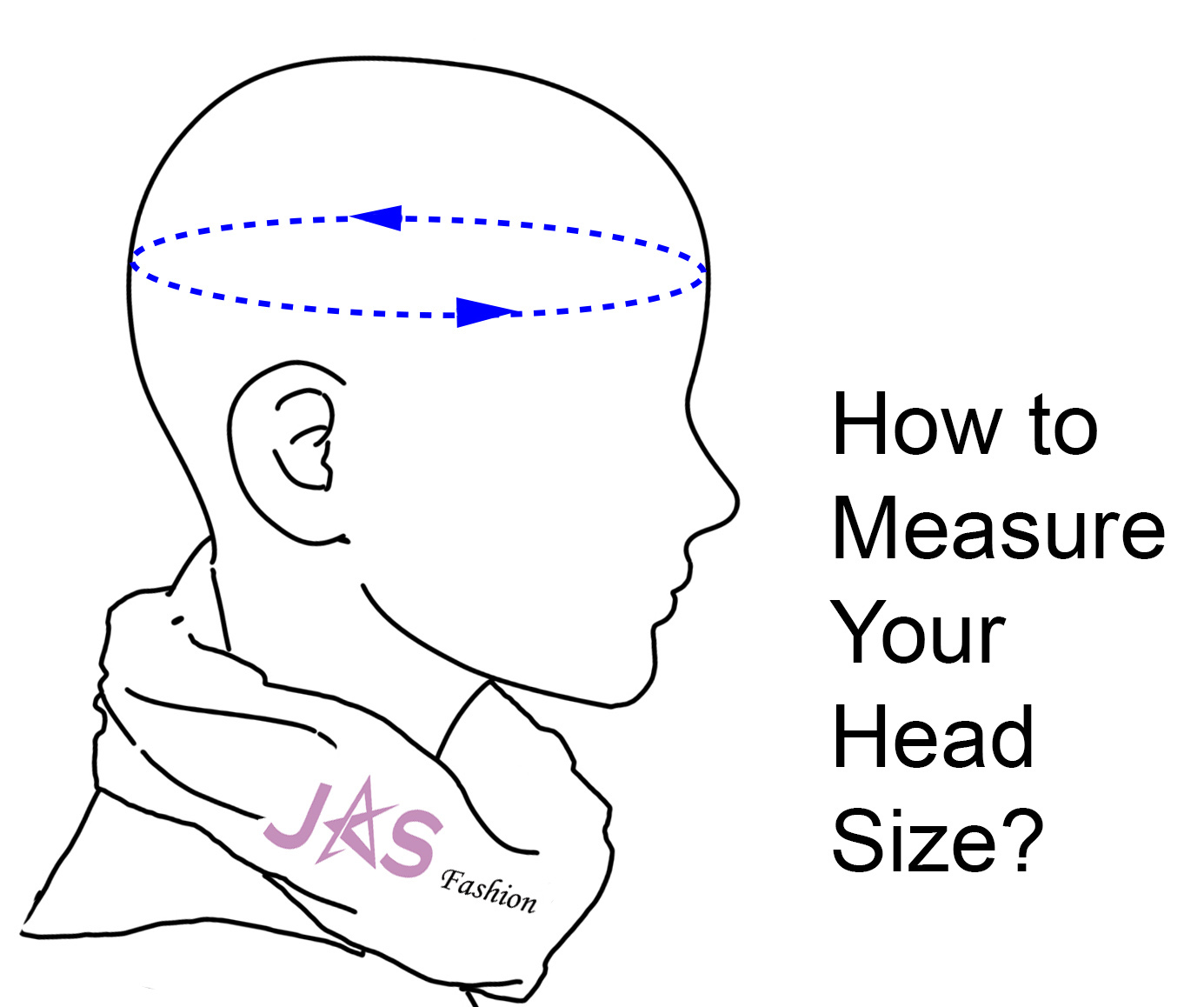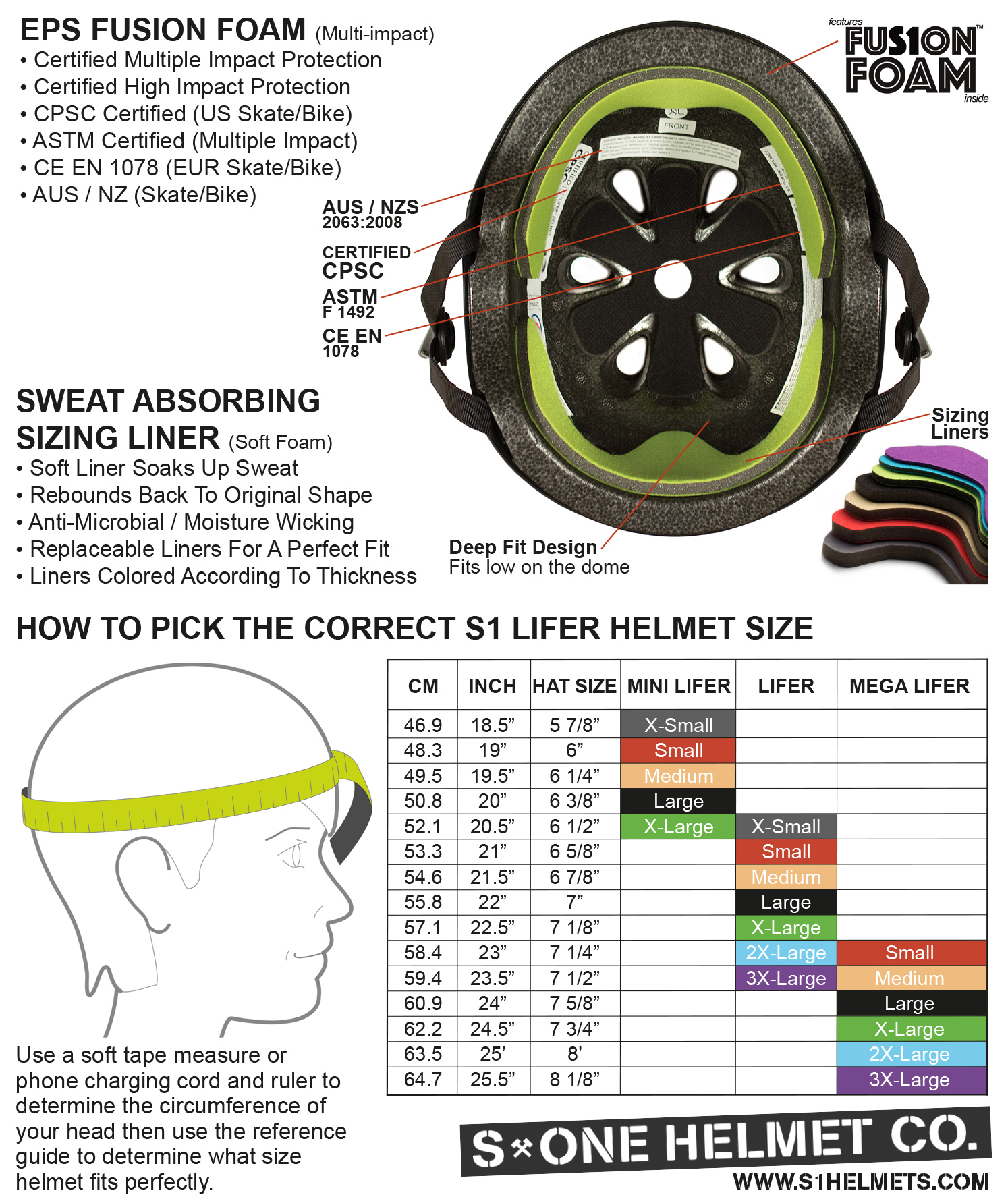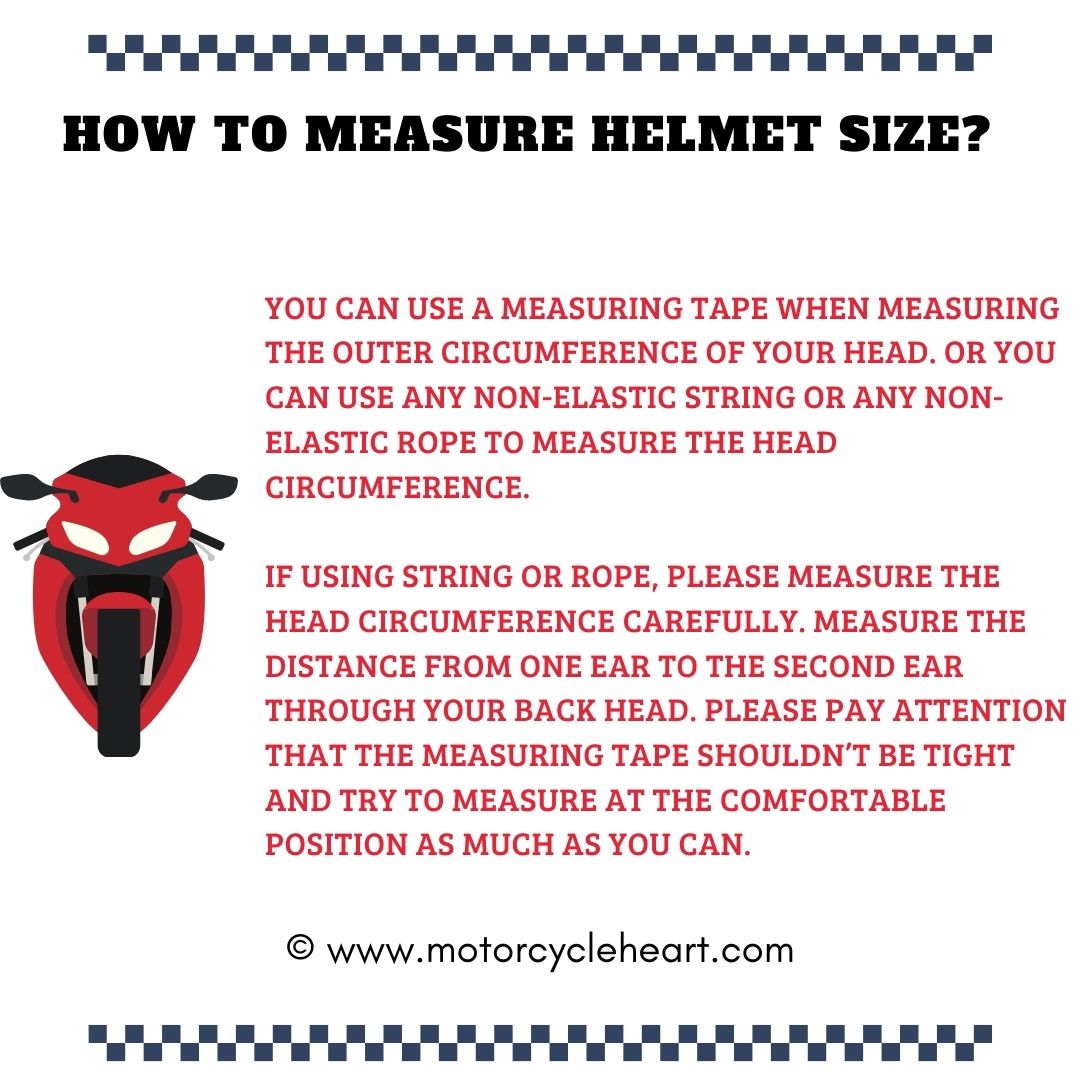Why Proper Helmet Fit Matters
A helmet that fits properly is crucial for safety and comfort. Wearing a helmet that is too loose or too tight can lead to serious head injuries, including concussions, skull fractures, and even death. In fact, according to the National Highway Traffic Safety Administration, helmets that fit properly can reduce the risk of head injury by up to 70%. Moreover, a well-fitting helmet can also improve visibility, reduce wind noise, and enhance overall riding or playing experience. On the other hand, a poorly fitting helmet can cause discomfort, distraction, and even accidents. Therefore, it is essential to learn how to measure head for helmet to ensure a comfortable and secure fit. By taking the time to measure your head correctly, you can find a helmet that fits comfortably and provides the protection you need.
Determining Your Head Shape and Size
Before learning how to measure head for helmet, it’s essential to understand the different head shapes and sizes. Head shapes can be categorized into three main types: oval, round, and long. Oval-shaped heads are the most common, with a slightly longer length than width. Round-shaped heads are equal in length and width, while long-shaped heads are longer than they are wide. To determine your head shape, look at yourself in a mirror and observe the overall shape of your head. You can also ask a friend or family member to help you determine your head shape.
In addition to head shape, it’s crucial to determine your head size. Head sizes can vary significantly, ranging from small to extra-large. To estimate your head size, you can use your hat size as a reference. Most helmet manufacturers provide a hat size chart to help you determine your corresponding helmet size. For example, a hat size 7 1/8 may correspond to a helmet size medium. Keep in mind that hat sizes can vary between brands, so it’s essential to check the manufacturer’s sizing chart for accurate measurements.
How to Take Accurate Head Measurements
To learn how to measure head for helmet accurately, you’ll need a flexible tape measure or a string and ruler. A flexible tape measure is the preferred method, as it provides a more precise measurement. If you don’t have a flexible tape measure, you can use a string and ruler as an alternative. Wrap the string or flexible tape measure around the widest part of your head, just above your eyebrows and ears. Make sure the tape measure or string is level and not too tight or too loose.
Take note of the measurement in inches or centimeters. This is your head circumference. If using a string, mark the point where the string overlaps with a pen or pencil. Then, measure the length of the string with a ruler to get your head circumference. It’s essential to take multiple measurements to ensure accuracy, as head shapes and sizes can vary slightly. Take the average of the measurements to get your final head circumference.
When taking measurements, it’s crucial to keep the following tips in mind: keep your hair in its normal style, avoid measuring over thick hairstyles or hats, and take measurements when your head is in a neutral position. By following these steps and tips, you’ll be able to take accurate head measurements, which is a critical step in finding the perfect helmet fit.
Understanding Helmet Sizing Charts
Once you have taken accurate head measurements, it’s essential to understand how to read and interpret helmet sizing charts. Helmet manufacturers provide sizing charts to help you convert your head measurements to the corresponding helmet size. These charts typically include a range of head circumferences and corresponding helmet sizes, such as small, medium, large, and extra-large.
To use a helmet sizing chart, find your head circumference measurement on the chart and match it to the corresponding helmet size. Keep in mind that different manufacturers may have slightly different sizing charts, so it’s crucial to check the specific chart for the helmet you’re interested in. Some manufacturers may also provide additional sizing information, such as hat sizes or fit styles, to help you find the perfect fit.
When using a helmet sizing chart, it’s essential to consider the following tips: check the chart for the specific helmet model, as sizing can vary between models; use your exact head circumference measurement, rather than estimating; and consider factors such as hair style and head shape when selecting a helmet size. By understanding how to read and interpret helmet sizing charts, you can ensure a comfortable and secure fit, which is critical for optimal protection and performance.
Remember, learning how to measure head for helmet is only the first step in finding the perfect fit. Understanding helmet sizing charts is a crucial step in ensuring a comfortable and secure fit, and ultimately, optimal protection and performance.
Measuring for Specific Helmet Types
Different types of helmets, such as motorcycle helmets, bike helmets, or football helmets, have unique measurement considerations. It’s essential to understand these specific requirements to ensure a comfortable and secure fit. For example, motorcycle helmets often require a more precise fit to accommodate the added features of face shields and ventilation systems. Bike helmets, on the other hand, may prioritize aerodynamics and require a sleeker fit.
When measuring for a motorcycle helmet, consider the following tips: take into account the thickness of your hair, as this can affect the fit; measure the circumference of your head at the widest point, just above the eyebrows and ears; and consider the shape of your head, as some motorcycle helmets are designed for specific head shapes. For bike helmets, consider the following tips: measure the circumference of your head at the widest point, just above the eyebrows and ears; take into account the style of your hair, as this can affect the fit; and consider the aerodynamic features of the helmet, as these can affect the fit and comfort.
Football helmets, on the other hand, require a more precise fit to ensure optimal protection and performance. When measuring for a football helmet, consider the following tips: take into account the thickness of your hair, as this can affect the fit; measure the circumference of your head at the widest point, just above the eyebrows and ears; and consider the shape of your head, as some football helmets are designed for specific head shapes. Additionally, consider the padding and liner system of the helmet, as these can affect the fit and comfort.
By understanding the unique measurement considerations for different types of helmets, you can ensure a comfortable and secure fit, which is critical for optimal protection and performance. Remember, learning how to measure head for helmet is a crucial step in finding the perfect fit, regardless of the type of helmet you need.
Common Mistakes to Avoid When Measuring Your Head
When measuring your head for a helmet, it’s essential to avoid common mistakes that can lead to an ill-fitting helmet. One of the most common mistakes is not using a flexible tape measure or a string and ruler to take accurate head measurements. This can result in inaccurate measurements, leading to a helmet that is too loose or too tight.
Another common mistake is not considering the shape of your head when taking measurements. Different head shapes require different helmet styles, and failing to account for this can result in a poor fit. Additionally, not taking into account hair thickness or style can also affect the fit of the helmet.
Measuring your head at the wrong point is also a common mistake. It’s essential to measure the circumference of your head at the widest point, just above the eyebrows and ears. Measuring at a different point can result in inaccurate measurements and a poor fit.
Failing to refer to the helmet sizing chart is another common mistake. Each helmet manufacturer has its own unique sizing chart, and failing to consult this chart can result in a helmet that is too small or too large. By understanding how to measure head for helmet and avoiding these common mistakes, you can ensure a comfortable and secure fit.
By being aware of these common mistakes, you can take accurate head measurements and find a helmet that fits comfortably and securely. Remember, a proper fit is critical for optimal protection and performance, so take the time to get it right.
Getting a Professional Fitting
While measuring your head for a helmet is a crucial step, getting a professional fitting can provide an added layer of assurance. Many helmet retailers offer professional fitting services, where experienced sales staff can help you find the perfect fit. These experts have extensive knowledge of different helmet brands, models, and sizes, and can provide personalized recommendations based on your head shape, size, and specific needs.
One of the primary benefits of getting a professional fitting is the ability to try on different helmets. This allows you to experience the fit and comfort of each helmet firsthand, making it easier to make an informed decision. Additionally, sales staff can provide guidance on how to adjust the helmet for a comfortable and secure fit, ensuring that you get the most out of your helmet.
Professional fitters can also help you identify any potential issues with the fit of a helmet, such as pressure points or hotspots. They can then recommend adjustments or alternative helmets that better suit your needs. By getting a professional fitting, you can ensure that your helmet fits comfortably and securely, providing optimal protection and performance.
When getting a professional fitting, be sure to ask questions and provide information about your specific needs and preferences. This will help the sales staff provide more tailored recommendations and ensure that you find the perfect fit. By combining the knowledge of how to measure head for helmet with the expertise of a professional fitter, you can find a helmet that meets your unique needs and provides a comfortable and secure fit.
Ensuring a Comfortable and Secure Fit
Once you’ve purchased a helmet, it’s essential to ensure a comfortable and secure fit. A well-fitting helmet is critical for optimal protection and performance. To achieve this, start by adjusting the helmet’s fit system, which typically includes straps, pads, and buckles. Make sure the straps are snug but not too tight, and the pads are positioned correctly to provide adequate cushioning.
Next, check the helmet’s position on your head. The helmet should sit level on your head, with the front edge no more than one inch above your eyebrows. The straps should form a “V” shape around your ears, and the buckle should be centered under your chin. Make any necessary adjustments to achieve a comfortable and secure fit.
Regular maintenance is also crucial to ensure a comfortable and secure fit. Check the helmet’s straps and buckles regularly for signs of wear and tear, and replace them as needed. Additionally, clean the helmet regularly to prevent the buildup of dirt and sweat, which can affect the fit and comfort of the helmet.
By following these tips, you can ensure a comfortable and secure fit, providing optimal protection and performance. Remember, a proper fit is critical, and by learning how to measure head for helmet and following these guidelines, you can enjoy a safe and enjoyable experience.
It’s also important to note that a helmet’s fit can change over time due to various factors, such as changes in hair length or style. Regularly check the fit of your helmet to ensure it remains comfortable and secure. By doing so, you can enjoy a safe and enjoyable experience, whether you’re riding a bike, playing football, or engaging in any other activity that requires a helmet.



